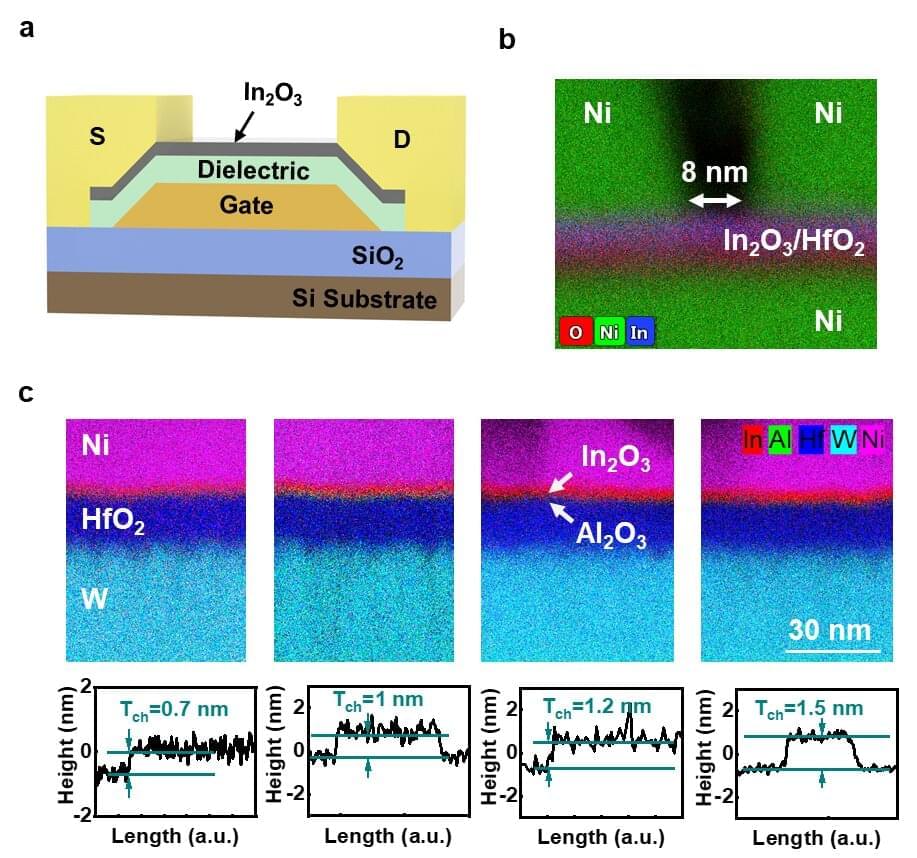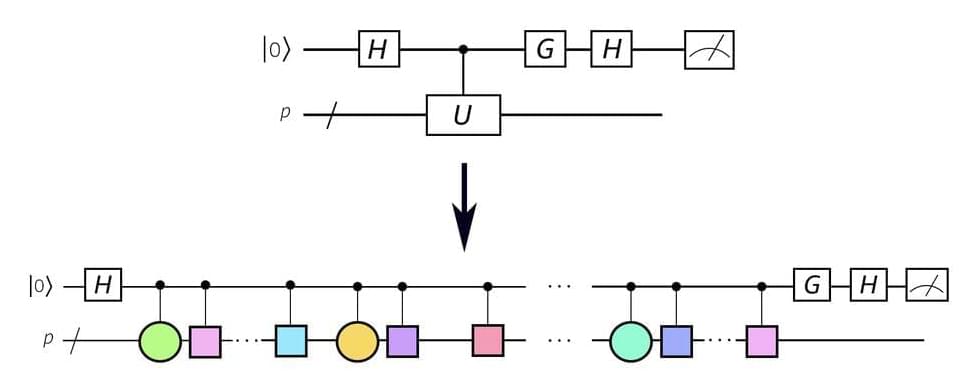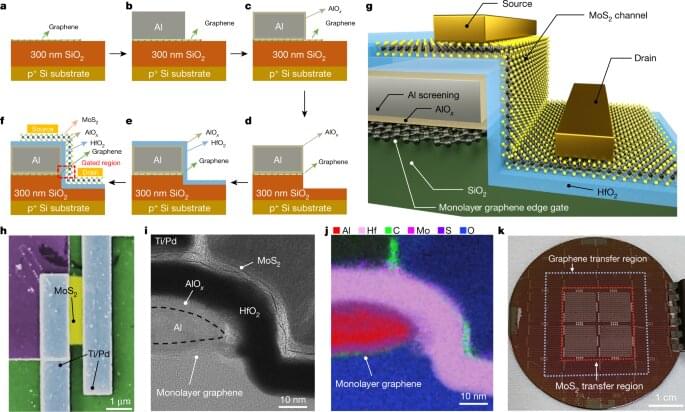An is an external information processing system that augments the brain’s biological high-level cognitive processes.
An individual’s would be comprised of external memory modules 0, processors 0, IO devices and software systems that would interact with, and augment, a person’s biological brain. Typically this interaction is described as being conducted through a direct brain-computer interface 0, making these extensions functionally part of the individual’s mind.
Individuals with significant exocortices can be classified as transhuman beings.









